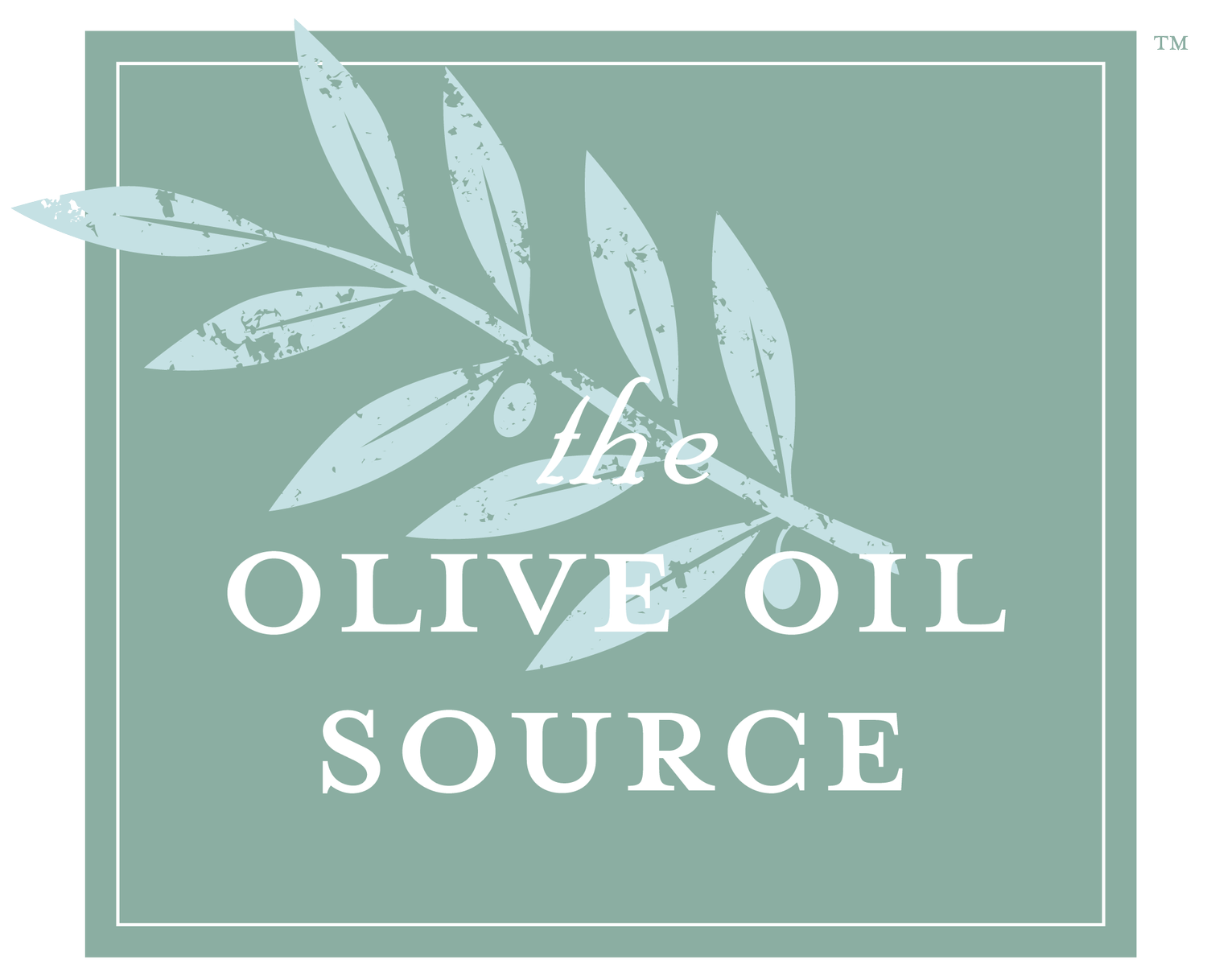
Extra Virgin Olive Oil:
According to the International Olive Oil Council, extra virgin olive oil is obtained only from the olive, the fruit of the olive tree, using solely mechanical or other physical means, in conditions, particularly thermal conditions, which do not alter the oil in any way. It has not undergone any treatment other than washing, decanting, centrifuging, and filtering. This excludes oils obtained by the use of solvents or re-esterification methods, and those mixed with oils from other sources.
It has a free acidity, expressed as oleic acid, of no more than 0.5 grams to 1 gram per 100 grams (0.5% to 1%), and other characteristics that correspond to those fixed for this category in the IOOC and other standards. Extra virgin olive oil accounts for less than 10% of oil in many producing countries. This is the highest quality of olive oil. Note that extra virgin olive oils vary widely in taste, color, and appearance. Their taste and aroma should reflect the fact that they were made from olives and have some positive attributes (that is, they cannot be totally tasteless). They are supposed to have no taste defects. See our How To Taste section.
It is also important to note that the U.S. has not adopted this definition as a legal standard yet. Some states have passed laws to enforce it. This allows lesser quality oils to be legally labeled as extra virgin while they are not.
